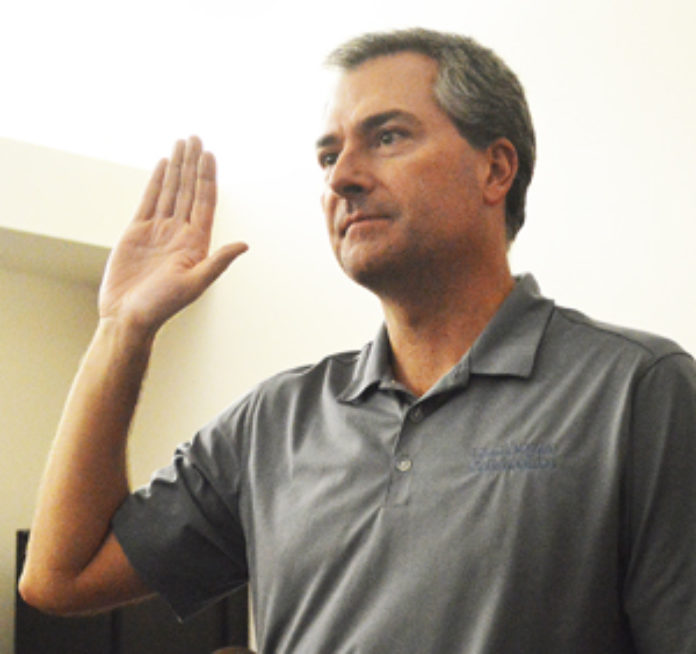Three new cafeteria expansion projects were approved by the Warsaw School Board Monday night.
The projects will increase the size of the cafeterias at three schools. The plan is to add 4,500 square feet to the Warsaw Community High School cafeteria, according to Brandon Penrod, WCS Chief Financial Officer.
Penrod said the current cafeteria is overcrowded. The current cafeteria is designed to hold 500 students, but usually has more than 600 during lunch times, he said.
Once the construction is complete, the cafeteria is expected to hold around 800 students. The project will cost $1.7 million. The cafeterias at Eisenhower and Harrison commentaries will be doubled in size to accommodate more students. Each of these projects is expected to cost $600,000.
All three projects will be paid for out of money from the school corporation refinancing its 2008 bond, Penrod said. The board approved the projects with a 5-0 vote. Construction is expected to begin in the summer, Penrod said.
The school board also held a public hearing on Superintendent Dr. David Hoffert’s contract. No one from the public commented. The contract is expected to be approved at the next meeting.
Hoffert’s contract has a base salary of $156,100. Including his benefits package – health care, 401k match and cell phone reimbursement – his total compensation will be $173,342.
New board member Jeremy Mullins was sworn in during the meeting. Mullins, a commercial manager for Louis Dreyfus, takes the place of Jennifer Tandy, who stepped down due to her husband relocating to San Diego. Mullins takes over the District 5 seat, which includes Winona Lake and the far east side of Warsaw.
David Robertson, Chief Academic Officer, presented the new Raptor system for entrance into WCS buildings. The system will scan visitors’ state-issued ID, check the national sex offender registry and check if there are legal orders preventing custody.
Washington STEM Academy was spotlighted at the board meeting. Washington students took water samples on Tippecanoe River to help prepare the way for the removal of a dam.
The students reported to the board about the data they collected on the river earlier in the day. Sixth-graders from the school spent the day measuring stream flow, checking ph and temperature levels on the river.
The U.S. Department of Interior reached out to the school to help take water samples below and above the dam before the dam gets removed. Washington Principal Tom Ray said it was a great experience for the students to put what they learned in school in a real life setting.
“They thought they were getting out of math class, but had to do math at the site,” he said.





